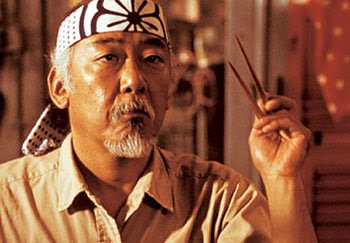Limp, noodley arms
Oh, so many things I've been thinking about. Lately, with aikido, it's the limp, noodley arm. A lot of what we do involves an extension of uke on a horizontal plane, extending him out over his toes, both in aikido and judo, for that matter. Wonderful, brilliant, great. But there are movements (and they appear in Tegatana no kata, the walking kata) that involve a more "up and down" action. Not a forceful one, though. And I think it tends to happen after the horizontal extension, at it certainly doesn't involve strength, or trying to push someone down. Here are a few video that got me thinking and exploring it. I think of it as starting a #2 or #4 release and instead of stepping all the way behind him as we normally do, get to his side (perpendicular) and do the thing in the walk where you lift your hand up and then let it fall down. That's one most folks have no idea where it applies. Well, he's doing it here. He lets uke swing through, raises his arm, and



